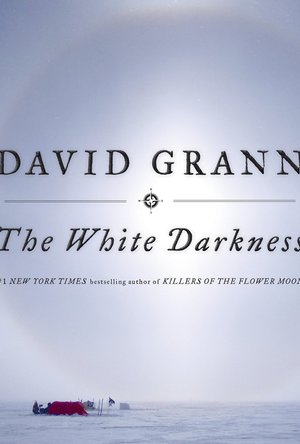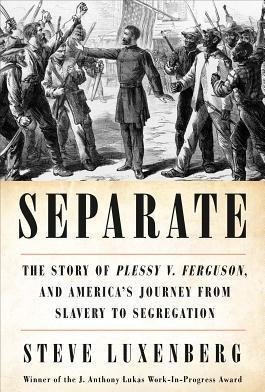
DIRECTV NOW
Entertainment
App
DIRECTV NOW is your NEW standalone streaming service for Live TV and On Demand entertainment. Enjoy...

Presidential Election & Electoral College Maps
News and Reference
App
Presidential Election & Electoral College Maps is the essential app for reviewing every presidential...

Air Force+
News and Education
App
***UPDATED*** New aircraft and PFT Records. Are you in the U.S. Air Force? Are you interested in...

iCardio Workout Tracker
Health & Fitness
App
Want to lose weight? Train like an athlete? Stay Fit & Healthy? Want to learn about heart rate...
health and fitness

Virus Encyclopedia
Catalogs and Reference
App
*- 50% Off Today!! *- New Features: Now supports iCloud *********************** A virus is a small...

Leela Kids: For 3-15 Year Olds
Education and Utilities
App
Techcrunch - "Leela Kids opens up the world of podcasts to children." Lifehacker (Australia) -...

FollowMee GPS Tracker Standard
Navigation and Utilities
App
FollowMee GPS Tracker converts your iPhone or iPad into a GPS tracking device. Installing this app...

FollowMee GPS Tracker, Deluxe
Navigation and Utilities
App
FollowMee GPS Tracker converts your iPhone or iPad into a GPS tracking device. Installing this app...

The White Darkness
Book
Henry Worsley was a devoted husband and father and a decorated British special forces officer who...

Separate: The Story of Plessy v. Ferguson, and America's Journey from Slavery to Segregation
Book
Plessy v. Ferguson, the Supreme Court case synonymous with “separate but equal,” created...